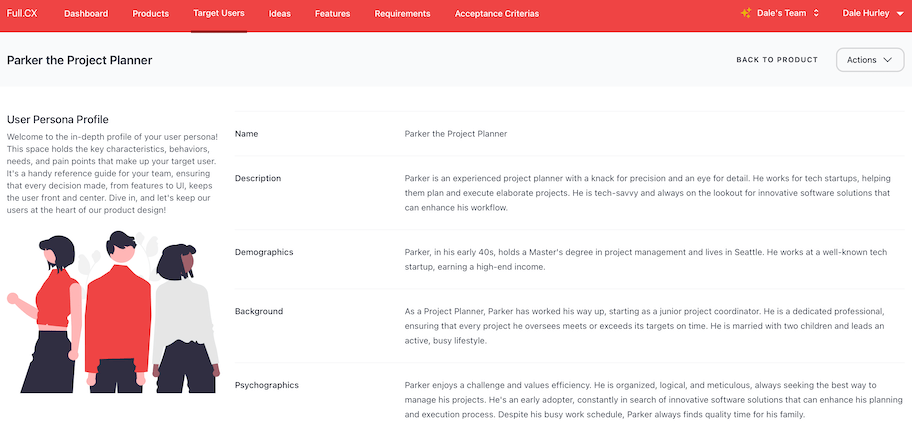Collaboration and communication is a pivotal element of success, particularly when it comes to the relationship between product and delivery teams. Without clear and efficient communication, projects can suffer from misaligned goals, misunderstood requirements, and ultimately, delays in delivery. Here are five strategies to optimize communication between product and delivery teams, aiming to streamline processes and enhance collaboration.
-
Establish a Unified Vision: Before embarking on the development of a new product or feature, it is crucial for both the product and delivery teams to align on a unified vision. This can be achieved by holding joint strategy sessions where goals, expectations, and timelines are openly discussed and agreed upon. By having a common understanding of the end goal, both teams can work coherently towards the same objectives.
-
Implement Agile Methodologies: Agile methodologies emphasize cross-functional team collaboration and customer-centric approaches to product development. By adopting practices such as Scrum or Kanban, teams can foster better communication through regular stand-ups, sprint planning, and retrospectives. These practices ensure that both product and delivery teams are continually communicating progress, challenges, and changes, leading to more adaptive and responsive project management.
-
Utilize Collaborative Tools: In our digitally connected world, there are numerous tools available to aid communication between teams. Project management software like Jira, Asana, or Trello allows teams to track progress and manage tasks in a transparent manner. Communication platforms like Slack or Microsoft Teams can facilitate instant messaging and file sharing. It's important to select tools that integrate well with each other, ensuring information flows seamlessly between product and delivery team members.
-
Foster a Culture of Open Feedback: Encouraging both teams to engage in open and constructive feedback can significantly enhance communication and trust. Schedule regular check-in sessions where team members can express concerns, suggest improvements, and acknowledge achievements. It’s vital that feedback is seen as a positive driver for change and growth, rather than criticism that may hinder morale and collaboration.
-
Define Clear Roles and Responsibilities: To avoid confusion and ensure accountability, it is imperative to define clear roles and responsibilities within both product and delivery teams. This should involve the description of who is responsible for specific tasks, who makes certain decisions, and how information should be escalated and reported. Clear demarcation of roles will minimize misunderstandings and optimize decision-making processes.
Optimizing communication between product and delivery teams is not a one-off task but a continuous effort that should evolve with the needs of the project and the organization. By establishing a shared vision, embracing agile practices, leveraging collaborative tools, fostering a feedback culture, and defining clear roles and responsibilities, organizations can create a synergy that drives innovative products and ensures successful deliveries. With these strategies in place, product and delivery teams can work as a cohesive unit, focused on delivering exceptional value to customers and stakeholders alike.
Empowering Your Product
Team for Success.
Start using Full.CX today.
Smart tools to streamline your transition from concept to concrete specifications.

